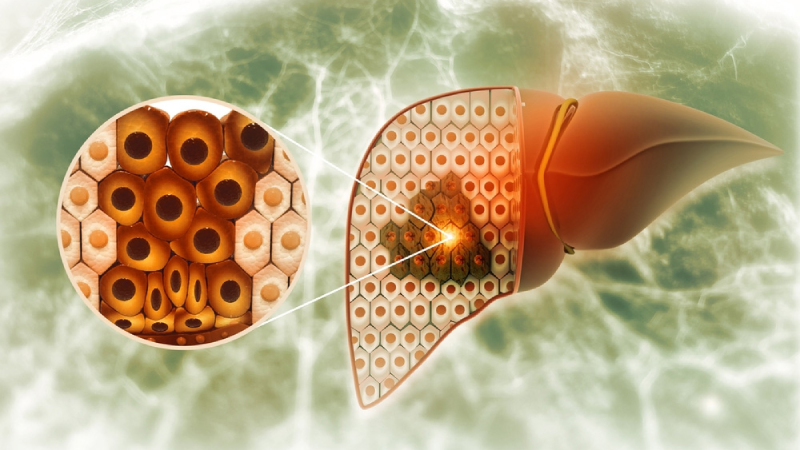
Liver transplantation has been a lifesaving procedure for patients suffering from liver failure. However, the demand for liver transplantation far exceeds the supply of available organs. Deceased donor livers represent a significant source of organs for liver transplantation. In this article, we will provide an in-depth guide to deceased donor liver transplantation, covering everything from the criteria for organ donation to the surgical procedure, postoperative care, and potential complications.
Deceased donor liver transplantation has become an increasingly important source of liver transplantation due to the shortage of available organs. In the United States, approximately 17,000 patients are currently on the waiting list for liver transplantation. Unfortunately, only about 8,000 liver transplants are performed each year, leaving many patients without access to a lifesaving procedure.
Deceased Donor Organ Donation Criteria
Deceased donor liver transplantation requires that the donor meet certain criteria for organ donation. There are two types of deceased donors: brain dead donors and cardiac death donors.
Brain Death
To be considered for deceased donor liver transplantation, the potential donor must meet certain criteria for brain death. These criteria include:
- Absence of brainstem reflexes
- Absence of spontaneous respiratory effort
- Lack of responsiveness to painful stimuli
- Absence of cranial nerve reflexes
- A flat electroencephalogram (EEG)
Cardiac Death
To be considered for deceased donor liver transplantation, the potential donor must meet certain criteria for cardiac death. These criteria include:
- Irreversible cessation of circulatory function
- Absence of respiratory effort
- A waiting period of at least 2-5 minutes after the cessation of circulatory function


 WhatsApp
WhatsApp